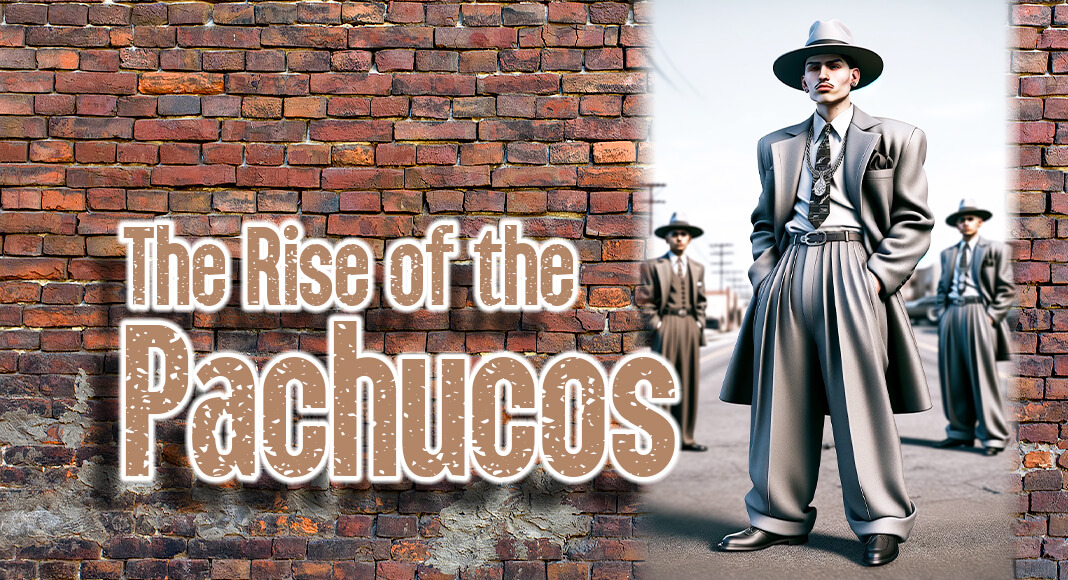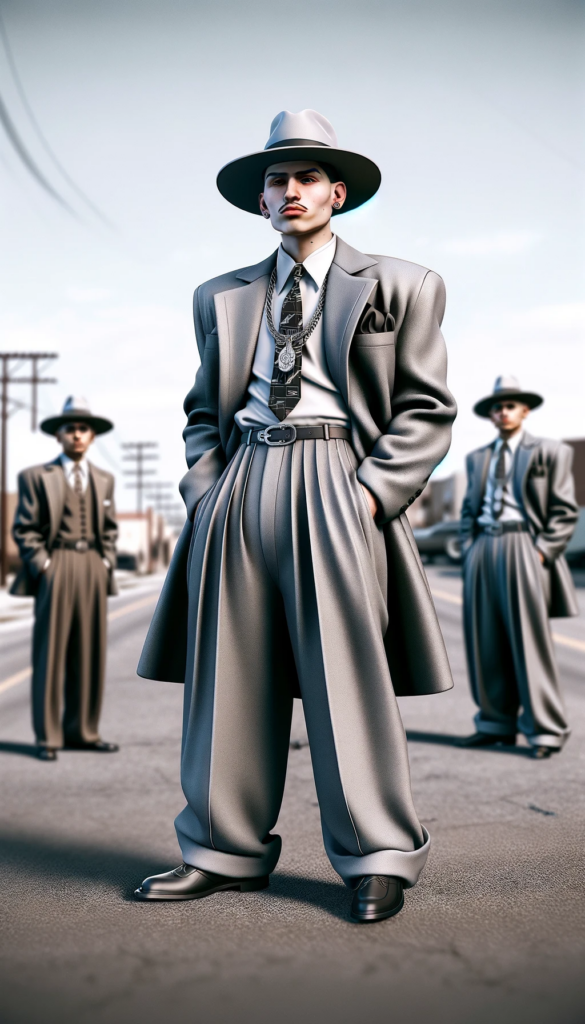
Texas Border Business
By Roberto Hugo González
Recently, someone asked me about the Pachucos. At the time, my knowledge of this subculture was limited, and I could only provide a brief response, unsure of its accuracy. This sparked my curiosity, leading me to dig into research about the Pachucos. Surprisingly, I discovered that this group played a very real and significant role in certain regions of the United States. Below, I present my findings from this exploration.
The Pachucos remain a colorful and significant part of American cultural history, particularly within the Mexican American community. Today, while the classic Pachuco subculture was a symbol of rebellion, identity, and resilience against cultural assimilation and discrimination. Today, while the classic Pachuco style may not be as prevalent, its influence and legacy continue in various forms.

The Pachuco culture emerged primarily among Mexican American youths in the Southwestern United States. Cities like Los Angeles, El Paso, and San Jose became the epicenters of this vibrant subculture. Characterized by their flamboyant zoot suits, a distinctive blend of English and Spanish in their slang, and a unique sense of identity, Pachucos stood out in American society.
The zoot suit, the hallmark of the Pachuco style, was a tailored statement of excess during a time of war-induced austerity. These suits featured high-waisted, wide-legged, tight-cuffed trousers, and long coats with wide lapels and padded shoulders. Accessorized with a fedora or pork pie hat and a long watch chain, Pachucos presented an image of sharp, exaggerated elegance.
Pachucos were not just about fashion. They represented a distinct cultural group that sought to carve out its identity in a society that often marginalized Mexican Americans. Their unique jargon, blended English and Spanish, further asserting their bicultural identity.
The Legacy and Where Are They Now?
The Pachuco subculture was not without controversy. In 1943, tensions in Los Angeles erupted into what became known as the Zoot Suit Riots. These violent clashes were fueled by racial and cultural misunderstandings and saw Pachucos being targeted and stripped of their zoot suits. This event highlighted the social and racial tensions of the era.
The Pachuco culture significantly influenced the Chicano Movement of the 1960s and 1970s. This movement, advocating for Mexican American civil rights, saw the Pachuco as a symbol of resistance and cultural pride. The Pachuco style and attitude inspired a generation to embrace their heritage and stand against discrimination.
Today, while the classic Pachuco might seem a figure of the past, its influence is still felt. The zoot suit has become a cultural icon, often resurrected in fashion and popular culture. The spirit of the Pachucos – their resilience, cultural pride, and distinct identity – echoes in contemporary movements advocating for Hispanic and Latino rights.
Communities and cultural organizations often hold events celebrating Pachuco culture, keeping the spirit alive. Museums and cultural exhibitions also showcase the history and significance of the Pachucos, ensuring that their legacy continues to inform and inspire future generations.
The Pachucos were more than a youth subculture; they were a movement that represented cultural identity, resilience, and pride. Their legacy endures in the ongoing efforts to celebrate and preserve Mexican American history and cultural heritage. The Pachuco style may not dominate the streets as it once did, but its influence is indelibly etched in the cultural mosaic of the United States.














